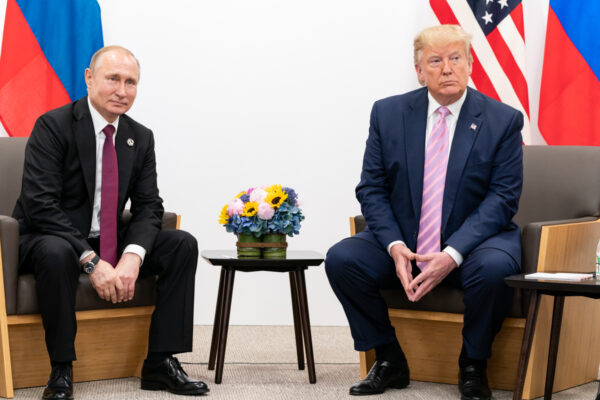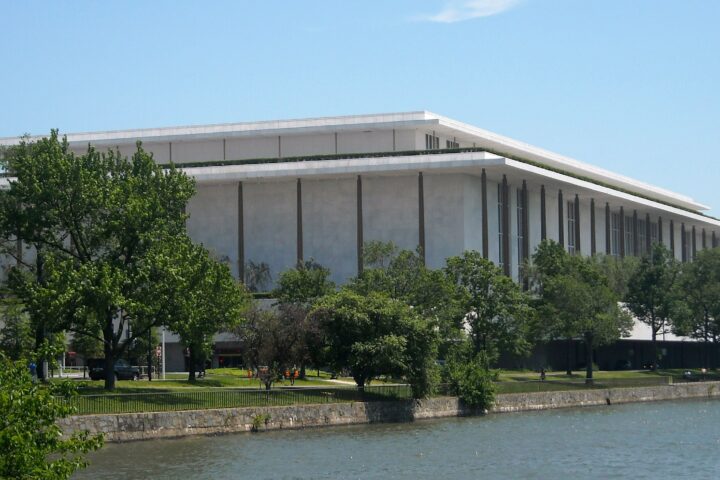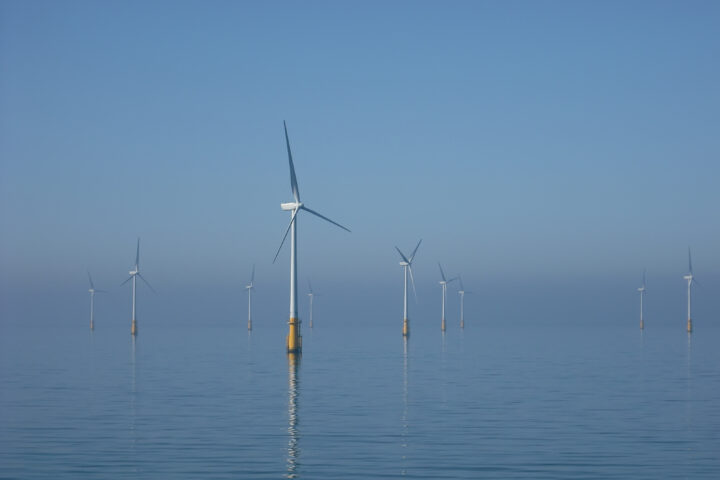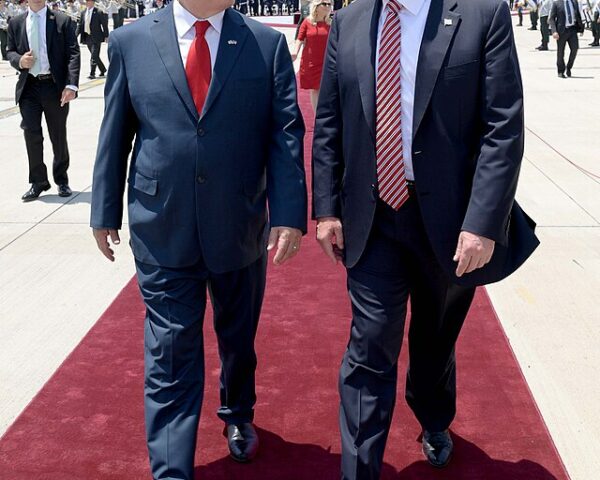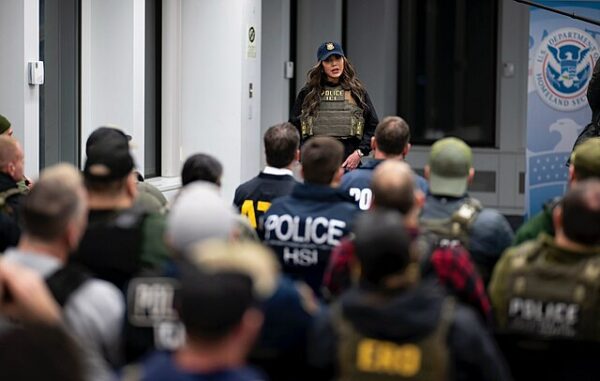Having secured a ceasefire in the Middle East, President Donald Trump is now turning his attention to the war in Ukraine, unveiling plans for a high-stakes summit with Russian President Vladimir Putin and hinting at expanded U.S. military support for Kyiv.
The announcement comes as Trump prepares to host Ukrainian President Volodymyr Zelenskyy at the White House on Friday, where the potential delivery of advanced American weapons will dominate discussions, according to NBC News. The shift follows a recent phone call between Trump and Putin, during which the Russian leader reportedly commended Trump for helping broker the Israel-Hamas truce.
On Truth Social, Trump confirmed the next step: “President Putin and I will then meet in an agreed upon location, Budapest, Hungary, to see if we can bring this ‘inglorious’ War, between Russia and Ukraine, to an end. … I believe great progress was made with today’s telephone conversation.”
The Budapest summit—likely within two weeks—would be the second in-person meeting between Trump and Putin since Trump’s return to office. It marks a renewed diplomatic push as the war nears its fourth year, with Trump reiterating his long-standing claim that he could end the conflict quickly, while conceding its difficulties.
Hungarian leader Victor Orban welcomed the news.
I just got off the phone with President @realDonaldTrump. Preparations for the USA-Russia peace summit are underway.
Hungary is the island of PEACE!
— Orbán Viktor (@PM_ViktorOrban) October 16, 2025
Analysts see the Gaza breakthrough as giving Trump new momentum in Ukraine. Victoria Coates, a former deputy national security adviser and now a vice president at the Heritage Foundation’s Davis Institute, told CNBC, “The momentum behind resolving the Gaza conflict can help get to a resolution of the Ukraine war.” She added that the coalition of nations backing the Gaza deal “can have a positive effect on Ukraine,” potentially pressuring Putin to negotiate.
To build leverage, Trump is weighing whether to supply Ukraine with long-range Tomahawk missiles capable of striking targets up to 1,000 miles away, reported Axios. He has suggested using the threat as a negotiating tool, telling reporters he might warn Putin: “Look: if this war is not going to get settled, I’m going to send them Tomahawks.”
Defense Secretary Pete Hegseth reinforced that stance, vowing “firepower” for Ukraine, though without specifics. Moscow swiftly condemned the idea as a “serious escalation” and expressed “extreme concern.”
Trump’s posture marks a sharp turn from his warmer approach during the August summit in Alaska. In recent weeks, he has labeled Russia a “paper tiger” and imposed tariffs on India for buying Russian oil, though he has resisted fresh sanctions on Moscow—a move that has drawn criticism from Ukraine and its allies.
Peter Dickinson of the Atlantic Council argued recently that confronting Russia directly is crucial. “Trump must now decide whether he will call Putin’s bluff and arm Ukraine with Tomahawk missiles,” Dickinson wrote. “There are mounting indications that he may be inclined to do so.” He continued: “Trump now has an opportunity to convince his Russian counterpart that he is not as easily intimidated as other Western leaders and is more than ready to increase the pressure on Moscow until Putin agrees to pursue peace.”
As preparations for the Budapest talks accelerate, global attention turns to whether Trump’s brand of “transactional diplomacy” can deliver another breakthrough—or trigger a deeper confrontation if negotiations collapse.

